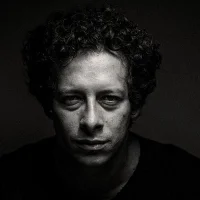This video was shot over a 5 day trip to Tokyo in January 2016. It was Christoph Gelep’s (videographer) first time visiting Japan, a place he had always wanted to see. With a population of 35 million, Tokyo is the largest metropolitan area in the world. Due to this, Christophe soon realized how lively and energetic this city really is.
In Season 3 of ‘Parts Unknown,’ Anthony Bourdain took viewers to Tanzania. CNN
Anthony Bourdain’s Window into Africa
Anthony Bourdain might have been a celebrity chef, but viewers of his Emmy Award-winning travel show, “Parts Unknown,” didn’t tune in for curry and noodle recipes.
Cooking was simply the conceit Bourdain used to have a conversation about the culture, politics, struggles and triumphs of people around the world.
As a human geographer, I was drawn to how Bourdain upended the travel show genre, telling compelling and complicated stories about people and places most Western viewers tend to view through a lens of simplistic stereotypes or caricatures.
Even more remarkable, his work wasn’t relegated to obscurity. The show aired on CNN – a mainstream cable outlet with millions of viewers.
I was especially interested in the way the show depicted Africa, a continent Western media tends to portray using what novelist Chimamanda Ngozi Adichie famously called a “single story” – a monolithic narrative of poverty, backwardness and hopelessness.
So in a paper published last fall, I analyzed Bourdain’s Africa episodes, which took viewers to Congo-Kinshasa, South Africa, Tanzania, Madagascar and Ethiopia.
In them, he largely rejects the “single story” approach taken by much travel writing, and later travel television, since at least the 16th century. While the stories told about Africa in the West have changed over time, they’ve often lacked nuance and multiple voices – something Bourdain was eager to provide.
A ‘single story’ of horror and hopelessness
In the imaginations of many Westerners, Africa exists as a silent, docile, set piece – a contrasting “other.”
Sociologist Jan Nederveen Pieterse notes that for centuries – through deliberate lies and well-meaning mistakes – travel writers, missionaries and popular media outlets have wrongly depicted Africa as a place devoid of civilization, a frontier of wilderness and savagery.
The dominant narrative goes something like this: If the West is stable, Africa must be chaotic; if the West is mature, Africa must be infantile; and if the West is technologically advanced, Africa must be primitive.
Reality television and travel shows often deploy these tropes. Cultural anthropologist Kathryn Mathers has written widely on media depictions of Africa, suggesting that programs like “Survior: Africa” and Nicholas Kristof’s popular newspaper columns tell predictable stories of poverty and chaos with little effort to contextualize them within a larger history.
The dynamic voices of Africans – hardly a monolithic category – are often absent in these narratives. In the rare event they do appear, they’re often presented as people without politics who exist only to welcome tourists and protect rhinos. Intrepid conservation officers and overburdened health workers are favorite characters, along with the traditional leader, the street vendor and the small child in school uniform.
Cable news coverage of Africa also tells a “single story.” As Mathers wryly notes, when the continent does get coverage, the stories can be distilled down to the same topic: “the horrors of the hopeless continent, as seen on CNN.”
Bourdain’s critical lens
But Anthony Bourdain was also “seen on CNN.”
Beginning with his memoir, “Kitchen Confidential,” Bourdain built his persona as a speaker of unspoken truths. Likewise, he steered his travel show to “parts unknown” – or, more accurately, parts only known through incomplete tropes.
In each episode, Bourdain gives a brief historical overview to remind the audience that places are made by their histories. He doesn’t gloss over the difficult ones. For example, when explaining contemporary Congo, he implicates his American viewers:
“When the new country managed to inaugurate their first democratically elected leader, Patrice Lumumba, the CIA and the British, working through the Belgians, had him killed. We helped to install this miserable bastard in his place: Joseph Mobutu.”
When Bourdain is in Madagascar, he reflects on his own conflicted relationship to tourism and colonialism.
In Season 6, Ethiopian-born, Swedish-raised chef Marcus Samuelssonjoins him in Ethiopia. Together, they explore the theme of home in the context of the African diaspora.
While one might criticize Bourdain’s perspectives, he could never be accused of taking a sanitized, apolitical approach.
In the episode on Tanzania, he visits a Maasai village – a common pit stop for travel shows about East Africa. But “Parts Unknown” rejects the stereotype that the Maasai are an isolated, backwards tribe that exists apart from the modern world.
When a villager learns that Bourdain was born in New Jersey, he tells the host that his son attends university there. The conversation picks up again later in the episode, when Bourdain and the Maasai man thoughtfully ponder globalization and the anxiety and opportunity of social change. Bourdain understands that his African hosts aren’t anchored to a static past. Instead, they are dynamic actors in a global economy.
Bourdain writes his own reflections into each script. In Madagascar, Bourdain reminds viewers that
“the camera is a liar. It shows everything. It shows nothing. It reveals only what we want. Often, what we see is seen only from a window, moving past and then gone. One window. My window. If you had been here, chances are you would have seen things differently.”
The episode then cuts to previously rolled footage but reedited in the style of Mathers’ “horrors of the hopeless.” It’s all done to show the ease with which dominant narratives are packaged and to emphasize that “Parts Unknown” seeks to convey something entirely different.
The greatest strength of “Parts Unknown” was its comfort with unknowns remaining unknown – its resistance to arriving at singular truths about complex places. Bourdain never claimed that the “artifice of making television” – as he called it – allowed more than “one window, his window.”
Yet it was an open window, a critical lens that helped his large audience disentangle the tropes so often served up by popular media. Bourdain was critical of the single story, critical of widely held stereotypes and perhaps most critical of his own position as a masterful storyteller.
THIS ARTICLE WAS ORIGINALLY POSTED ON THE CONVERSATION
Inside an Apache Rite of Passage Into Womanhood
For the Mescalero Apache Tribe, girls are not recognized as women until they have undergone the Sunrise Ceremony- an ancient, coming-of-age ceremony that lasts for four days. Last May, VICE got rare access to the ceremony for Julene Geronimo - the great, great grand-daughter of the renowned Apache leader, Geronimo. We followed Julene through each day of her arduous rite-of-passage to better understand what womanhood means for the Apache tribe, and how these ceremonies play a significant role in preserving a way of life that almost became extinct.
TANZANIA: The Last Hunter Gatherers
Hunting only with bows, arrows, and their ingenuity, what marked my time with the Hadza was how remarkably happy they seemed. In their language, there is no word for “worry” and by following their ancestral ways, the Hadza truly live in the moment.
Read MoreTokyo: Random Access Memories
This short film features random shots of Tokyo, offering an artistic perspective of this non-stop city. Shot and edited by Junwoo Lee.
Tokyo Gen
A short film about Tokyo's unique street culture.
JAPAN: Wabi Sabi
Wabi Sabi is a Japanese lifestyle giving a view of life in many aspects: everything is imperfect and the true beauty comes from simple things, then, one can have subtle feelings in life. Inspired from that spirit, filmmaker duo and couple Le Quynh Anh and Le Nham Quy made this video about Japan in a deeper insight and unbiased feelings. "Japan - Wabisabi" is their best emotional-experience journey in Japan, where they are living and working. They hope that you can feel "Japanese Spirit" from this video.
Freediving With Japan’s Pearl Divers
Aiko Ono was working as a photographer in the bustling megalopolis of Tokyo, but she had long dreamed of the ocean. When an unexpected opportunity arose, she left her life in the city to join Japan’s legendary female “ama” divers. For centuries, ama divers have scoured the ocean floor for pearls and seafood, passing on their expertise to future generations of women. Now, she’s found honor and peace in upholding this 3,000-year-old tradition.
Coming of Age in the Amazon Jungle
In a small settlement, deep in the Amazon rainforest, colourful preparations are underway for a very important occasion.
The village of Puerto Esperanza, directly translated as “Port Hope,” is located in the Amazonas department of Colombia — three hours travel by boat from Leticia, the main port in the Colombian Amazon. Here you will find many members of the Tikuna tribe. One of the most numerous peoples in the rainforest, the Tikuna are an extraordinarily artistic people, known for their rich culture and age-old traditions.
One of the most prominent cultural traditions celebrated and upheld by the Tikuna is that of the Pelazón ceremony, a traditional coming of age ritual for young girls, marking the time they enter womanhood. After a whole year of isolation, the girls will be welcomed back into the tribe as women.
At the heart of the Tikuna settlement, in the maloka, or gathering house, people begin preparations for the rituals that will take place during the Pelazón ceremony. They bring together wine and food that have been collected from the community and spend hours crafting beautiful and elaborate feathered drums that will be used during the festival.
One young man plays a whistle to mimic the sounds of the jungle and imitate the demons who are lingering near the maloka, while another heats a fish-skin drum to hone its sound in preparation for the festivities.
Meanwhile, other community members are making uito, a natural pigment that will be used to cover the girls’ bodies during the ceremony.
A Year in Isolation
Following her first menstruation, each young Tikuna girl who has chosen to take part in the ritual and Pelazón ceremony, will isolate herself in a small house made of palm leaves. For an entire year the only person whom she will be allowed to see is her grandmother. Part of a deep cross-generational relationship, the elders teach the young girls many traditional skills from weaving, cultivating crops, and the uses for plants, to taking care of babies, and every other aspect of being a Tikuna woman.
Below you see a Tikuna grandmother brushing her granddaughter’s hair. This young girl is only seven, but has already decided that when the time comes she would like to take part in the Pelazón ritual and ceremony.
The Reunion
After the long year of isolation, the girls’ families work together to prepare a big celebration and invite the whole tribe to welcome their daughter back into community life as a young woman. The celebrations last for three days with drinking, eating and dancing, but first everyone gathers in a procession around the village, collecting all of the girls to take them to the maloka.
Members of the tribe bring animals they have hunted as offerings to the girls’ families. This young man is holding a Terecaya in his hands, a species of Amazonian turtle. The shell is decorated with feathers and hung in the maloka as a symbol of wisdom in the Tikuna culture.
As night falls, the procession continues to make its way around the village, one by one collecting each of the young girls from their homes.
Below is the moment when one of the girls comes out of isolation. She will be completely covered until she is ‘revealed’ during the main ceremony.
The Ceremony
At the heart of the Pelazón celebrations is the big communal feast held in the maloka. The families offer a typical payabarú drink to their guests, people dance to traditional songs, and, in the midst of this feast, the girls come out dressed with feathers and painted with uito pigment.
The girls are unveiled for the first time in their elaborate feather headbands. Below one of the newly welcomed young women dances as part of the ceremony, while the other women and girls look on.
During another important part of the ceremony, young male members of the tribe dress as demons and dance around the girls, enacting temptations that the girls are strong enough to face, now they are women. They wear masks, shake instruments and carry carved wooden penises to symbolise the seduction that the young women may encounter in life.
After the ceremony each girl is said to be ready to embark on her adult life. The long time away with her grandmother as her teacher and the climactic return have prepared her for all aspects of her future, from work, to marriage, to pregnancy and having a family of her own.
It was a privilege to spend time with the community and families of Puerto Esperanza and to observe the Tikuna tribe’s remarkable tradition of the Pelazón ceremony. I would like to give special thanks to Edgar, Otoniel, Obsimar, Vicente and all the other tribe members who allowed me to participate and photograph this very special and private ritual.
THIS ARTICLE WAS ORIGINALLY PUBLISHED ON MAPTIA.
FEDERICO RIOS
Federico is a Colombian photographer whose work focuses on developing documentary photography on social issues in Latin America. Explore more of his work at federicorios.net.
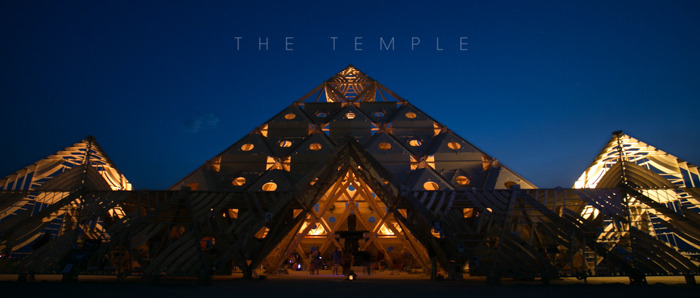
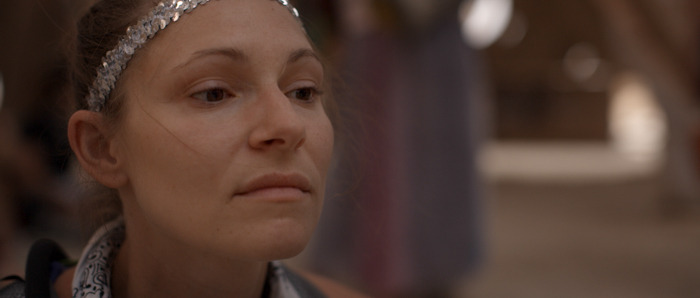
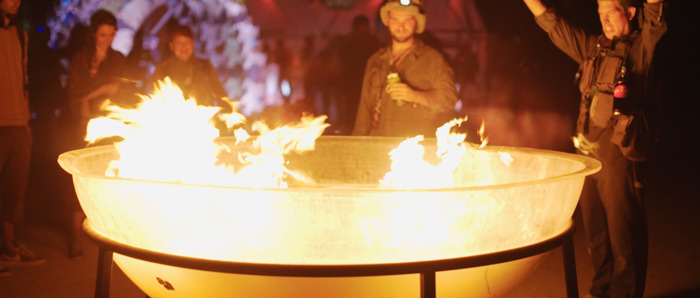

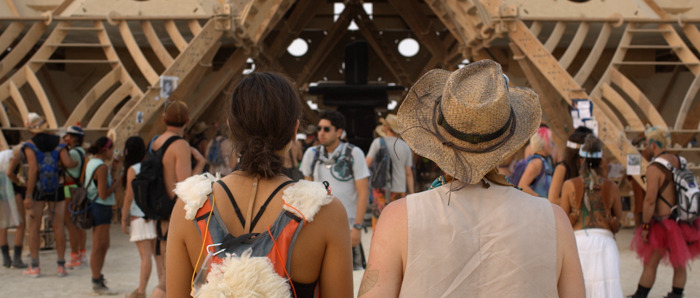
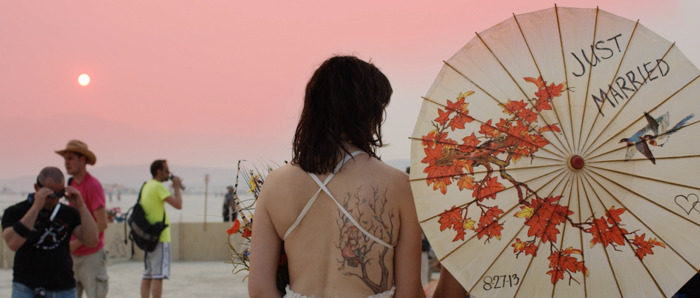
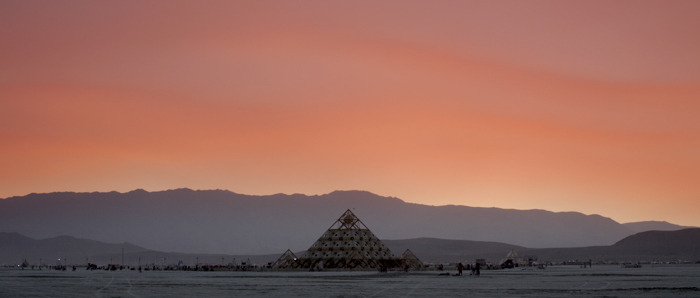
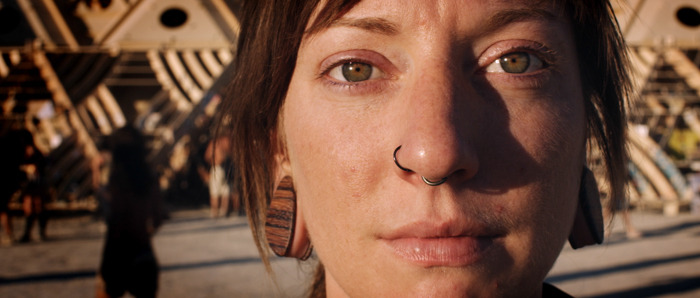
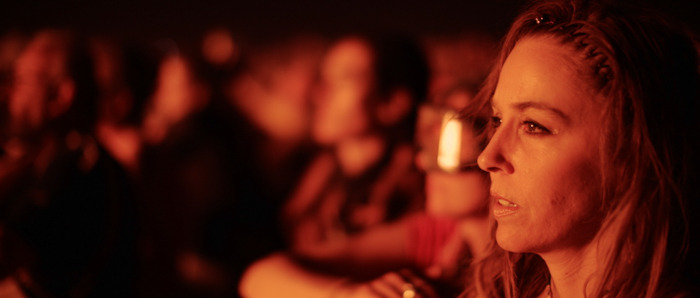
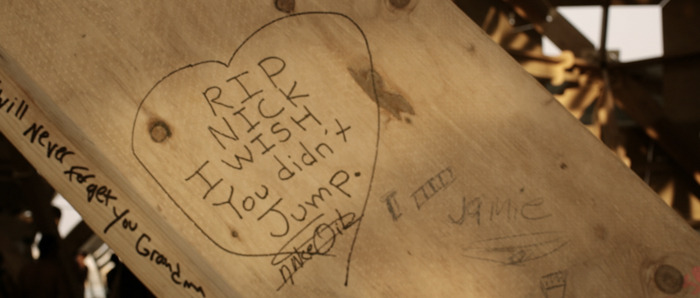

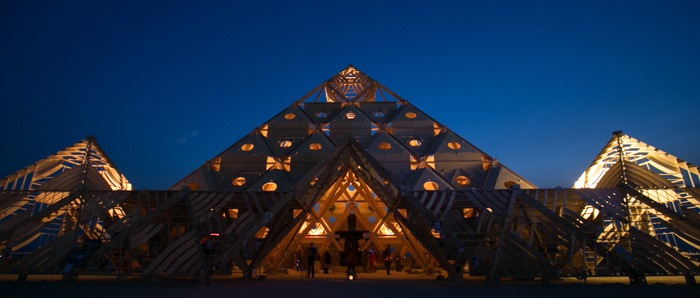
The Burning Man
For close to three decades now, Nevada’s desert landscape has been annually transformed into the phenomenon that has come to be known as Black Rock City, home to the Burning Man. While the essence of Burning Man is often mislabeled as a massive party with excessive drug use, it is best described as "pop up society." One, which after a years worth of work, dedication, and preparation is burnt down to the desert floor, leaving it just as it was before its temporary inhabitants arrived.
Regardless of the stereotypes about the “hippy subculture” that Burning Man has been built upon, the festival embodies a spirit of collective freedom that is seldom seen in our world today. It has evolved into a place of worship, innovation, radical self-reliance, and authentic freedom of expression; where anyone can reinvent themself into whomever they want, without the stresses of acceptance and judgment from the “real world”.
Amongst the plethora of art installations, participatory campsites, and whatever else Black Rock City births, Michael Marantz, Founder / Director of Already Alive, was inspired by one in particular, “The Temple”. In his mind, the installation of The Temple, “explores modern spirituality in a contemplative and personal manner; touching on ideas of self-discovery, letting go and meaningful human connection that transcends a simple party in the desert.”
Marantz’ inspiration led him to contribute to Burning Man’s consistent theme of a “gift economy” by producing a short film about it. Fortunately, Michael was able to capture the film in a series of still images, allowing those unable to participate in the experience of Burning Man, to have a taste of what it is like to reside in the world of Black Rock City.



















